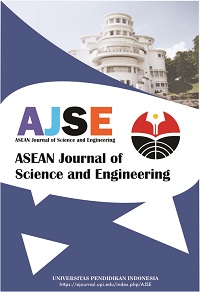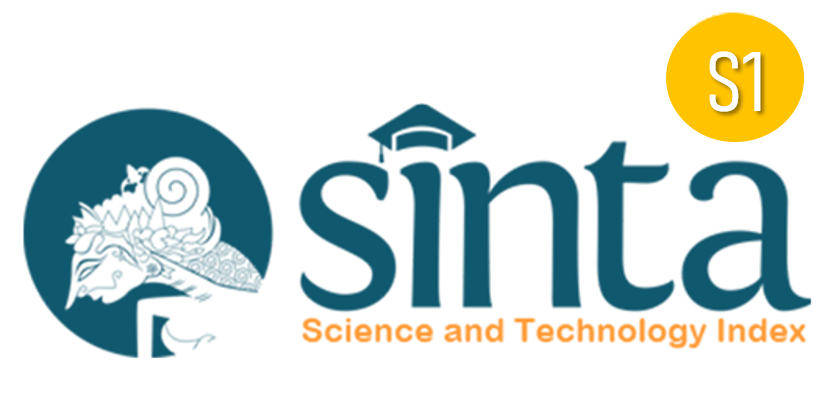Development of Intelligent Tutoring System Model in the Learning System of the Indonesian National Armed Forces Completed with Bibliometric Analysis
Abstract
Keywords
Full Text:
PDFReferences
Al Husaeni, D. F., and Nandiyanto, A. B. D. (2022). Bibliometric computational mapping analysis of publications on mechanical engineering education using vosviewer. Journal of Engineering Science and Technology, 17(2), 1135-1149.
Binh, H. T., Trung, N. Q., and Duy, B. T. (2021). Responsive student model in an intelligent tutoring system and its evaluation. Education and Information Technologies, 26(4), 4969–4991.
Budianto, A., and Yuana, R. (2019). Perancangan intelligent tutoring system untuk pembelajaran jaringan komputer. Sistemasi, 8, 28.
Cabrera, I., Villalon, J., and Chavez, J. (2017). Blending communities and team-based learning in a programming course. IEEE Transactions on Education, 60(4), 288-295.
Caro, M. F., Josyula, D. P., and Jiménez, J. A. (2015). Multi-level pedagogical model for the personalization of pedagogical strategies in intelligent tutoring systems. Dyna, 82, 185–193.
Chang, M., D’aniello, G., Gaeta, M., Orciuoli, F. J., Sampson, D. G., and Simonelli, C. (2020). Building ontology-driven tutoring models for intelligent tutoring systems using data mining. IEEE Access, 8, 48151–48162.
Huang, J., and Chen, Z. (2016). The research and design of web-based intelligent tutoring system. International Journal of Multimedia and Ubiquitous Engineering, 11(6), 337-348.
Kurniawan, B., Meyliana, M., Warnars, H. L. H. S., Suharjo, B., and Ahiase, G. (2024). Bibliometric analysis using vos viewer with publish or perish of intelligent tutoring system in private universities. International Journal of Informatics, Information System and Computer Engineering (INJIISCOM), 5(2), 166–177.
Li, Z., Xu, T., and Yu, S. (2008). A web-based personalized intelligent tutoring system. 2008 International Conference on Computer Science and Software Engineering, 5, 446–449.
Machado, L. S. R., Frasseto, L. D. S., Bilessimo, S. M. S., Silva, J. B. D., and Silva, I. N. D. (2022). Pedagogical models focused on the integration of ICT in basic education: a systematic review. International Journal of Advanced Engineering Research and Science, 9(8), 129-134.
Meleško, J., and Kurilovas, E. (2018). Adaptive tutoring system with application of intelligent agents. International Journal of Smart Education and Urban Society, 9, 1–11.
Pai, K. C., Kuo, B. C., Liao, C. H., and Liu, Y. M. (2021). An application of Chinese dialogue-based intelligent tutoring system in remedial instruction for mathematics learning. Educational Psychology, 41(2), 137–152.
Paladines, J., and Ramirez, J. (2020). A systematic literature review of intelligent tutoring systems with dialogue in natural language. IEEE Access, 8, 164246–164267.
Thinakaran, R., and Chuprat, S. (2022). Students’ characteristics of student model in intelligent programming tutor for learning programming: a systematic literature review. International Journal of Advanced Computer Science and Applications, 13(7), 669-676.
Utami, I. S. (2018). The effectiveness of blended learning as an instructional model in vocational high school. Journal of Educational Science and Technology (EST), 4(1), 74–83.
Wu, L. (2019). Student model construction of intelligent teaching system based on Bayesian network. Personal and Ubiquitous Computing, 24, 419–428.
DOI: https://doi.org/10.17509/ajse.v4i2.70375
Refbacks
- There are currently no refbacks.
Copyright (c) 2024 Universitas Pendidikan Indonesia

This work is licensed under a Creative Commons Attribution-ShareAlike 4.0 International License.












